
In May of 2021 YouTuber Look Closer and I headed down to Dryandra Woodland National Park with a primary focus of Numbat but also any other marsupials we may find in the bushland. We have also collaborated on a Honey Possum & Mainland Quokka trip.
Dryandra is about 2hrs drive from Perth and is made up of a mosaic of blocks that were saved from becoming farmland. As a result, it is a haven for wildlife and one of only 2 locations where the Western Australian faunal emblem the Numbat persisted. It has since been translocated into a number of other reserves.
On the drive we came across a road killed Western Brush Wallaby (I won’t put up the photo) but you can see it here in my iNaturalist observations. Such a beautiful but timid wallaby that I have been trying to photograph for many years.
We planned to camp at the excellent Gnaala Mia campground run by DBCA. It provides a mixture of tent only and caravan/camper trailer sites on gravel with long drop toilets and a campers kitchen (photos below). It is a really good base for visiting Dryandra. Other local options within the woodland are Congelin Campsite or the cabins at Lions Dryandra Woodland Village.






I have made many previous trips to Dryandra and it’s awesome that it has recently been elevated to a national park.
We headed out driving the tracks slowly, looking for movement, which is the best way to find daytime animals. Often the movement of the Rufous treecreeper caught our eye…. before we realised it was a bird, not a numbat. We found some beautiful flowering Red-leaved Sundew (Drosera bulbosa).


Heading further down the road we saw another flash of movement – not a numbat, but a Mardo (Ngoongar first nations name) or Yellow-footed Antechinus (Antechinus flavipes). We had a wonderful experience watching this large mouse-sized carnivorous marsupial in the Dasyurid family as it played hidey in a hollow wandoo log and seemed curious of us as well.


It seemed to show some interesting behaviour where it was throwing its hind legs in the air – see sequence of photos below. It then dashed across the road and disappeared rapidly into the bush. It’s amazing how fast they can move! This was the first time I have ever seen one and I was so pleased for a new mammal species.





We headed back for some dinner and set up a light trap for insects that Look Closer had built. The light trap is essentially a white sheet with UV lights shining onto it to attract the nocturnal bugs. We then headed out for an evening of spotlighting and using the thermal camera.
A number of brushtail possums were seen, along with the really sad sight of a road killed Woylie (Bettongia penicillata) – click link for image if you want. These truffle loving macropods are critically endangered, but are making a comeback when feral cats & foxes are controlled. Many of the possums were seen on the ground indicating that they do not have to be as concerned about predators in the woodland.




We headed to a favourite spot – the Gura Rd Sandalwood plantation as its good for Woylie and I have also seen Red-tailed phascogale (Phascogale calura) there previously. There is a carpark and the plantation can be seen in google maps. It can be quite disorientating at night, so I recommend going with someone.
We spotlighted a Humming frog (Neobatrachus pelobatoides) – a new species for me. Like many Australian frogs, it is a burrowing species, coming out to feed and to breed when conditions are good.

We then spotted a heat source in the thermal which was slightly less warm than the possums – it was another Echidna. Echidna have lower body temperatures than many mammals.


We headed into the sandalwood plantation and I thermalled a small warm body in amongst the sheok trees – likely to be a red-tailed phascogale!


We got closer and confirmed it was a phascogale. We were not able to get a photo of the whole animal with its face – but the tail is a certain ID.


We did see some Woylies in the thermal but they didn’t pose nicely for photos.


On our way out we also came across a Tawny frogmouth.

We then headed back to camp coming across some calling frogs in a water-filled road culvert. From the calls we identified them as Bleating froglets (Crinia pseudinsignifera). Hear an example of their call at the bottom of this webpage.

On returning to camp the light trap had many insects, but for some reason I only have a single image of a Swift moth (Oxycanus occidentalis) that was kindly identified for me on iNaturalist.

On waking up the next morning we found a number of diggings around the camp indicating presence of foraging animals. This book produced by Project Numbat can help you tell apart diggings of Numbat, Quenda, Woylie, Rabbit and Echidna. Once you get an eye for it, it’s amazing how much activity goes on in the soil.


We left camp and driving through the woodland we came across a couple of Echidna (Tachyglossus aculeatus) ambling across the woodland. If disturbed they would head for a hollow log or dig themselves into the ground with their spines as defence.



We were not having any luck with finding numbats on this trip. They can be elusive, but driving slowly along the tracks and putting in the time is the best way to have sightings. The map below shows the driving we did within the woodland. The numbers indicate photos taken.

We then headed home after a great time seeing many animals and enjoying the amazing scenery within Dryandra (as below). What a great trip, but I will have to go again to see a numbat!



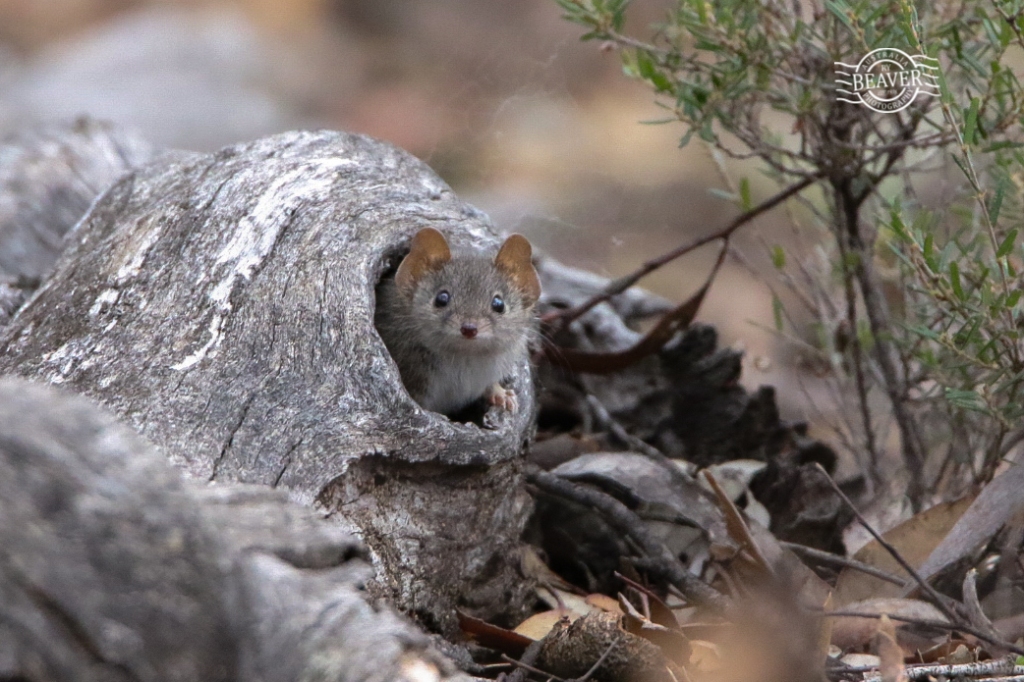
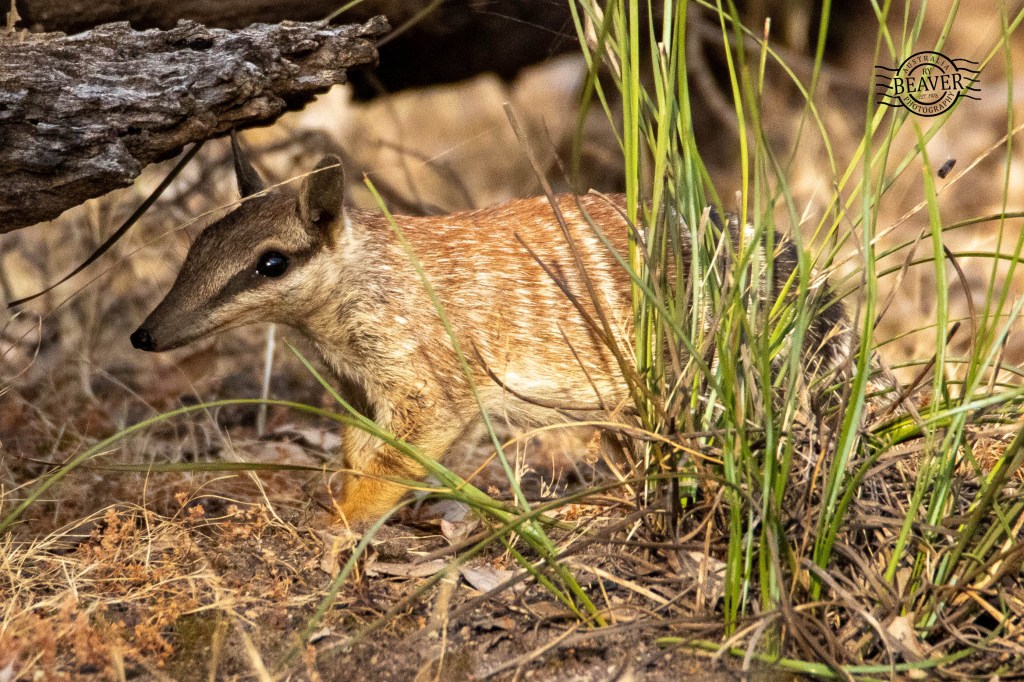
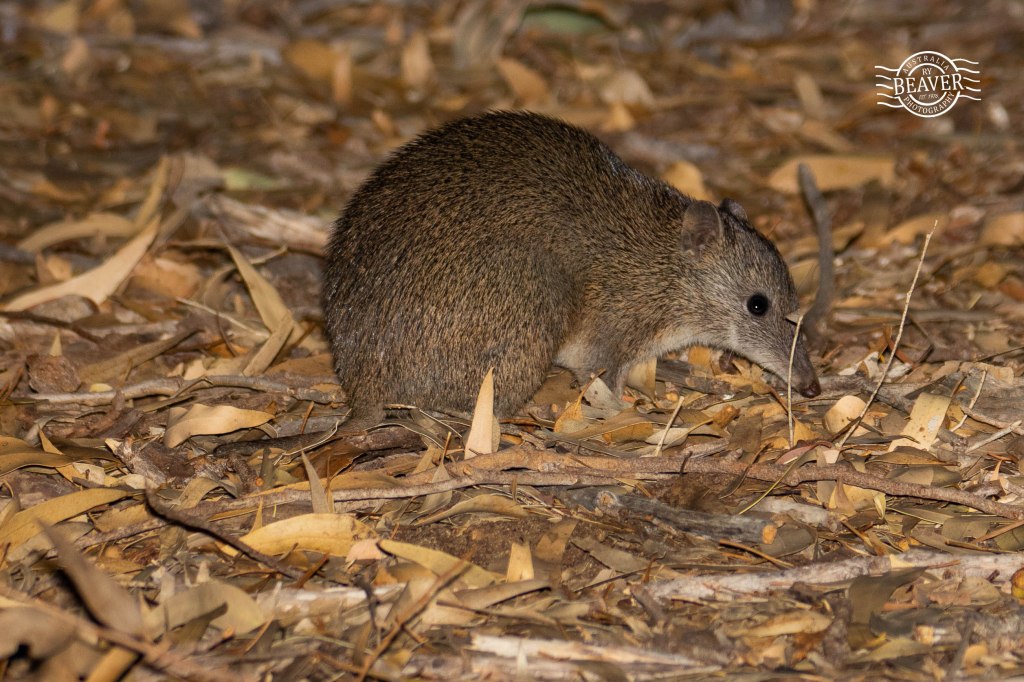
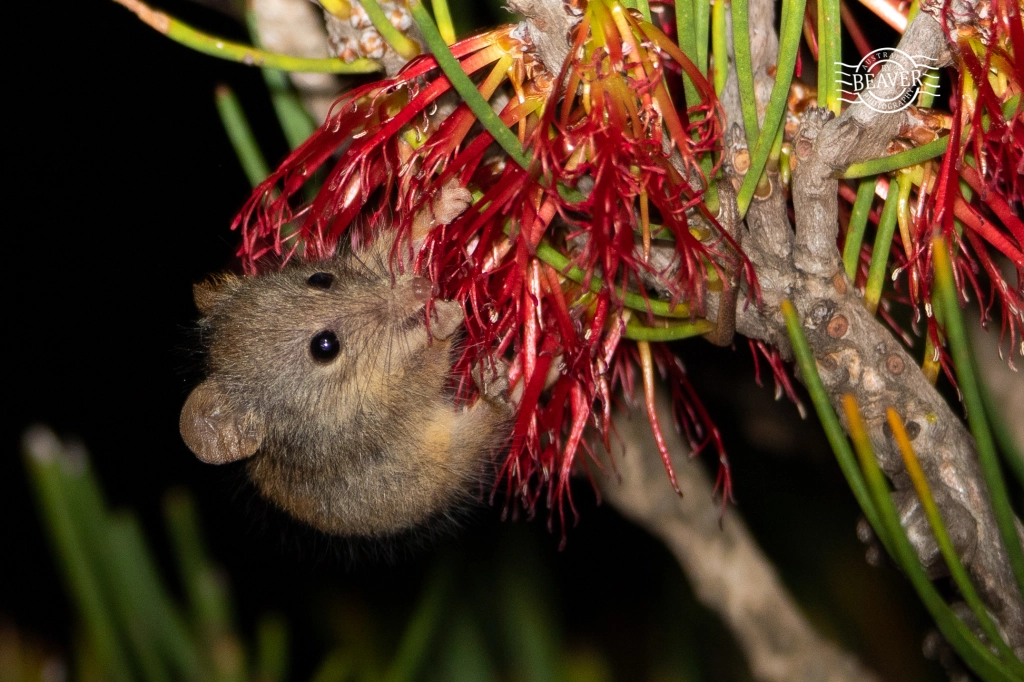
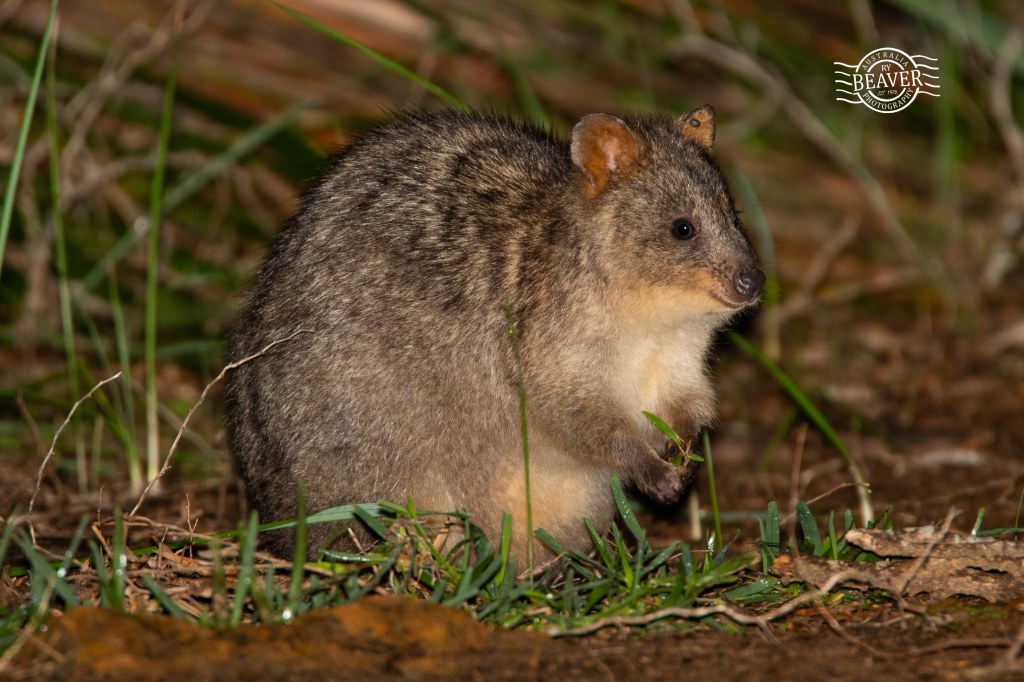
Leave a comment